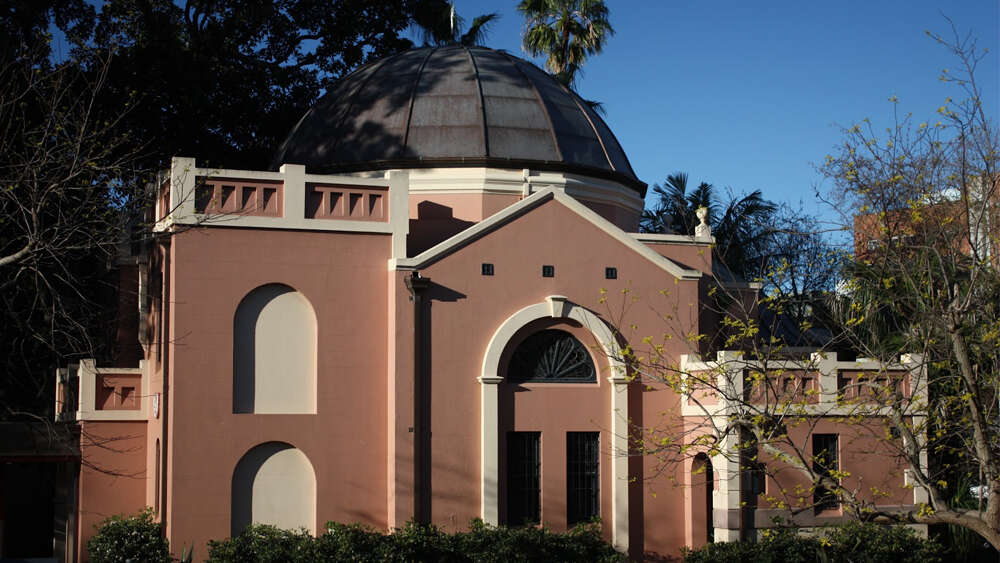Palliative care is getting better and better, so politicians should rethink euthanasia
John Watkins, the former NSW Deputy Premier, is calling on that state’s politicians to rethink their views on voluntary assisted dying (VAD), because advances in palliative care have fundamentally changed the euthanasia equation over the past decade.
NSW is beginning its debate after all the other states have passed bills to legalise VAD. The state’s new Premier, Dominic Perrottet, will support a conscience vote on the bill, but made his opposition clear in a Sydney Morning Herald opinion piece in 2017. “So with assisted suicide laws. Doctors will make mistakes. Victims will be pressured. Judgments will be clouded, and among all the arbitrary rules and safeguards, only one thing is absolutely certain: innocent people will die at the hands of these laws if they pass.”
Medical advances have made a big enough difference to cause a re-think, says Watkins, the chair of Catholic Health Australia (CHA).
“The idea that supporting euthanasia is progressive, and opposing it is conservative, is obsolete. In fact, any thoughtful progressive should be worried about where the rush towards voluntary assisted dying is taking us,” Watkins said.
The Australian Medical Association estimates it would cost about an extra $275 million a year to make quality supportive care available to all terminally ill Australians who need it each year.
“The critical factor that’s changed over the past decade is medical science, primarily in the field of palliative care. New treatments like intrathecal care and nerve blocking are enabling people with life-
ending conditions to achieve a quality of life inaccessible last century.”
- Intrathecal care involves a procedure by a trained Pain Specialist to insert a fine catheter into the fluid-filled space under the brain or spinal cord lining.
- A nerve block is an injection to decrease inflammation or “turn off” a pain signal along a specific nerve distribution.
“The problem is right now only a tiny fraction of our population has access to this modern palliative care. If you are among the privileged few who are very wealthy, live in the right area, or have great health insurance, you can get access to life-extending modern palliative treatments,” Watkin says.
“But if you’re poor, live in the wrong area and have no health insurance, your chances of accessing modern palliative care is close to nil. If you are offered any end-of-life care – and there’s no guarantee you will be – it will look far more like the 20th century model than the modern possibilities.
“We could fix this. The Australian Medical Association estimates it would cost about an extra $275 million a year to make quality supportive care available to all terminally ill Australians who need it each year.
“Surely any compassionate government in 2021 should be pushing for the average person to get modern palliative care long before they get access to death.
“If we continue along the path we’re on, if we offer VAD and not modern supportive care, you can easily project the result. It will be a society where terminally ill rich people get to extend their lives, achieve some level of closure and peace, and then die without pain. Terminally ill poor people, on the other hand, will be increasingly pressured to shuffle off and die quickly ‘with dignity.'”
Pray
Some prayer points to help
Pray for the expansion of palliative care, for those in pain and for the politicians



